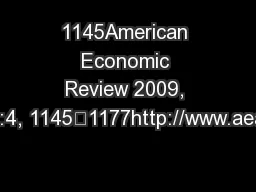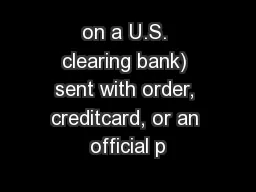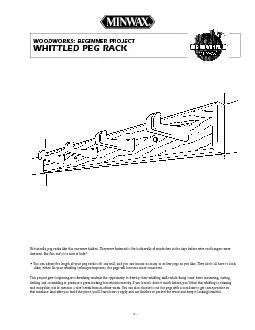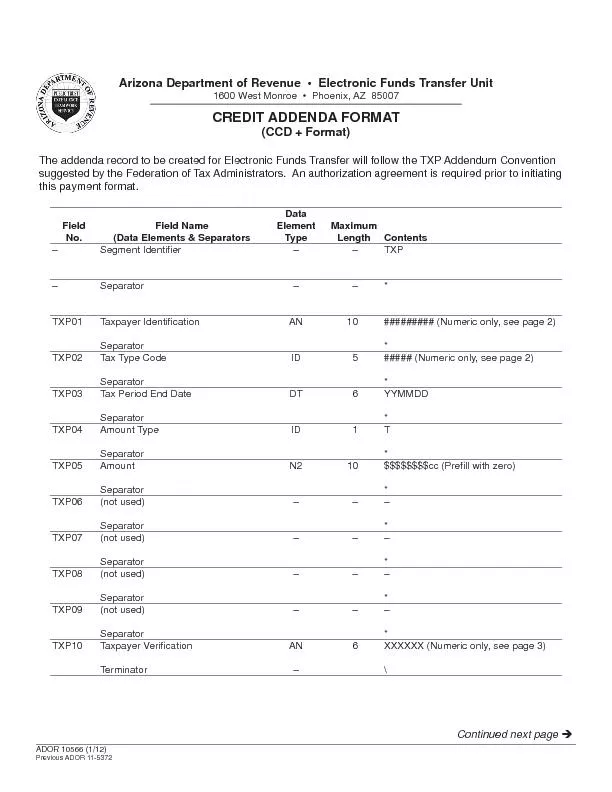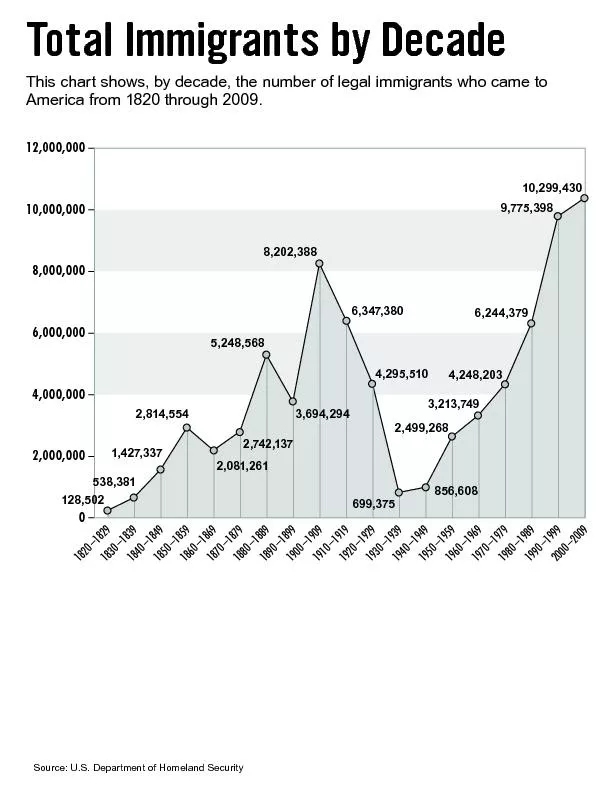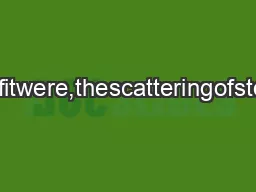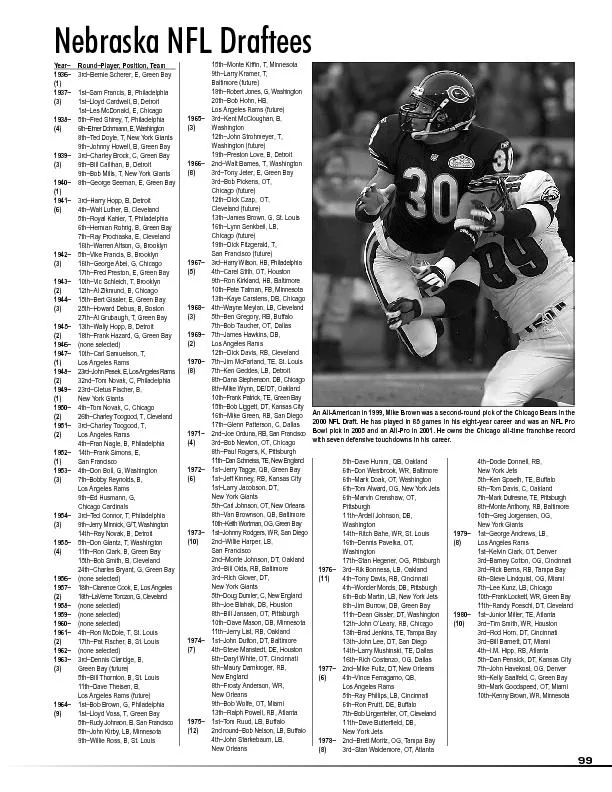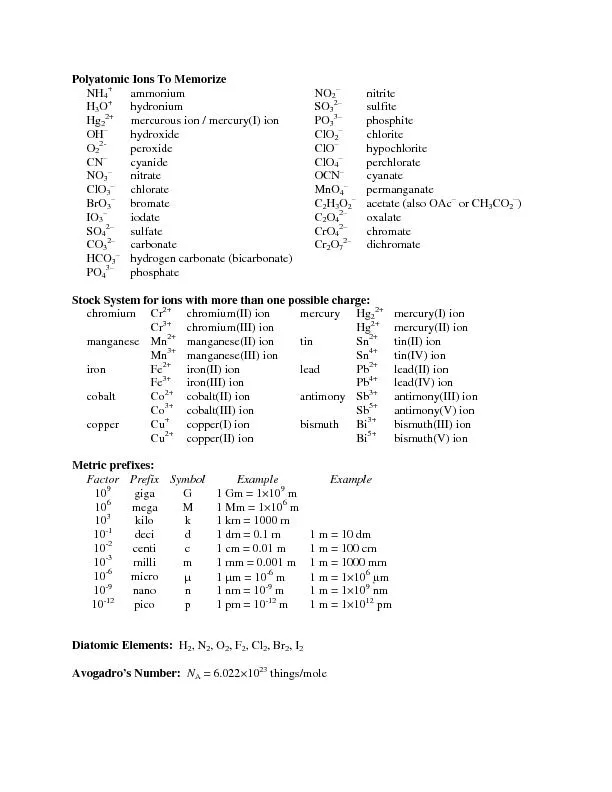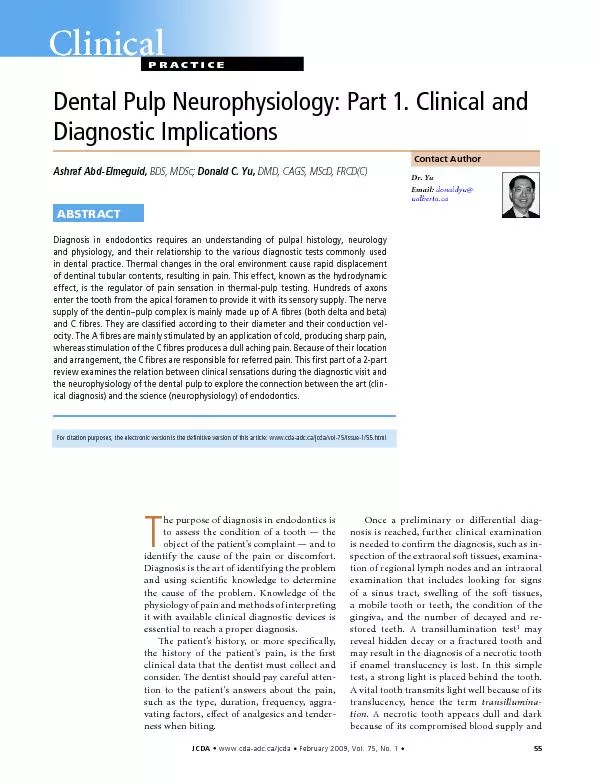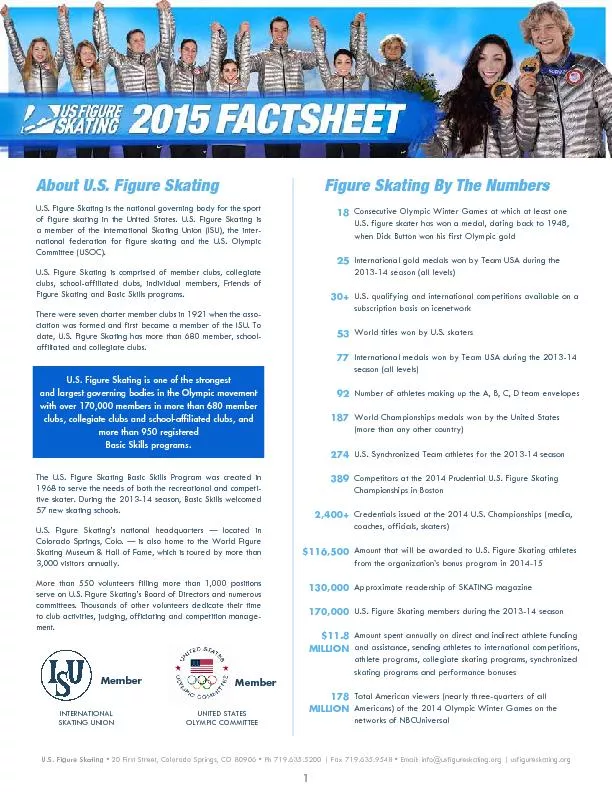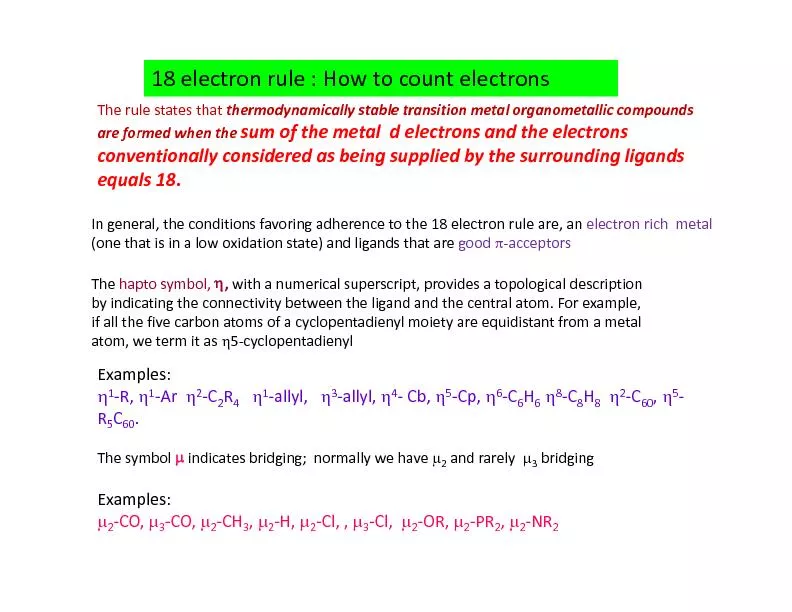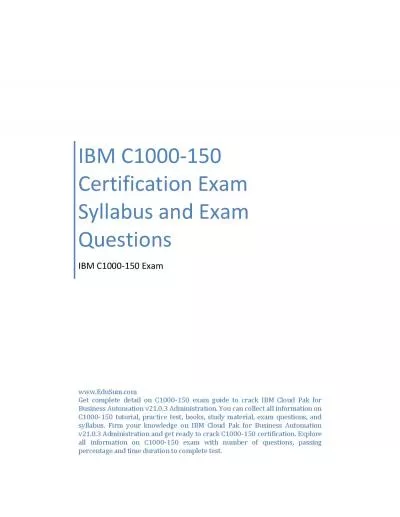PDF-1145American Economic Review 2009, 99:4, 1145–1177http://www.aeaw
Author : giovanna-bartolotta | Published Date : 2016-07-27
SETEBER 20091146THE AERICAN ECONOIC REVIEW In the rst half of this paper we investigate empirically whether individuals optimize fully with respect to taxes by analyzing
Presentation Embed Code
Download Presentation
Download Presentation The PPT/PDF document "1145American Economic Review 2009, 99:4,..." is the property of its rightful owner. Permission is granted to download and print the materials on this website for personal, non-commercial use only, and to display it on your personal computer provided you do not modify the materials and that you retain all copyright notices contained in the materials. By downloading content from our website, you accept the terms of this agreement.
1145American Economic Review 2009, 99:4, 1145–1177http://www.aeaw: Transcript
Download Rules Of Document
"1145American Economic Review 2009, 99:4, 1145–1177http://www.aeaw"The content belongs to its owner. You may download and print it for personal use, without modification, and keep all copyright notices. By downloading, you agree to these terms.
Related Documents

